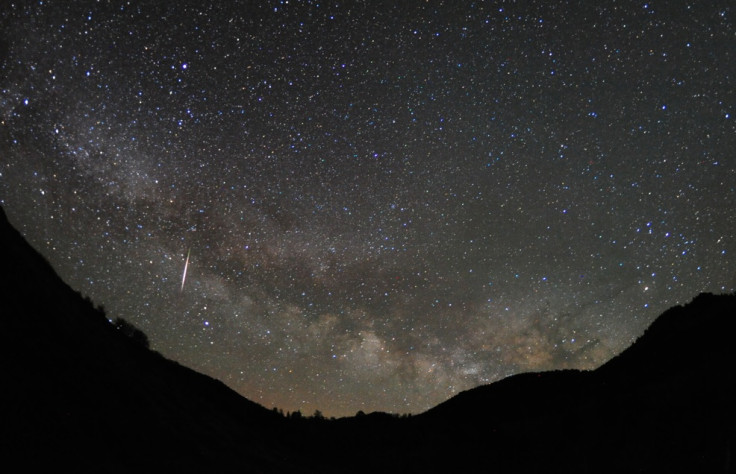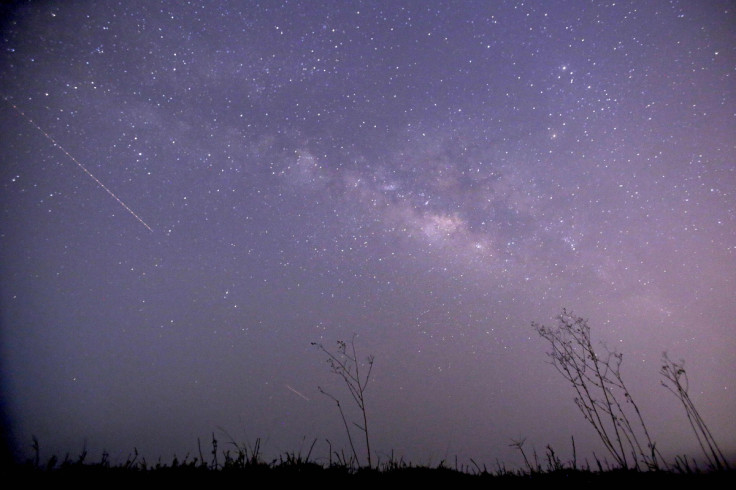Lyrids 2016: Watch Lyrid meteor shower live online as it coincides with April full moon

The annual Lyrid meteor shower will peak on Friday 22 April. The shooting star display will be visible across the Northern and parts of the Southern Hemispheres, with meteors speeding across the sky at 107,000mph.
The best time to view the Lyrids is just before dawn. This year's display may be difficult to view, however, as the glare from April's full moon will detract from the shower's brightness. Bill Cooke, astronomer with Nasa's Meteoroid Environment Office, told the New York Times: "This year's not a good viewing time for Lyrid." He said that most years, we could expect to see 15 to 20 meteors every hour around the shower's peak. This year, it may be only one or two.
Stargazers can still watch the meteor shower live online, however, via the Slooh space telescope. A livestream of the event will be broadcast from 8pm EDT on 23 April and can be viewed below.
What is the Lyrid meteor shower?
One of the oldest known meteor showers, the Lyrids was first recorded around 2,700 years ago by the ancient Chinese. They are said to have described the meteors in the year 687 BC as "falling like rain".
The meteors themselves come from Comet C/1861 Thatcher, a celestial object that takes around 415 years to orbit the Sun. The Lyrid meteor shower comes from particles of dust shed by the comet. These fragments strike Earth's upper atmosphere, creating bright streaks of light.

While the Lyrids is not known as one of the most impressive meteor showers of the year, roughly every 60 years it can produce up to 100 meteors per hour. This happens when Earth passes through an abnormally large amount of comet debris – an event known as an outburst.
In 1982, nearly 100 Lyrids were observed every hour in the US. In 1922, a similar number were seen in Greece. In 1803, the Lyrids are said to have produced a storm of some 700 meteors per hour.
The next meteor shower
The Lyrid meteor shower will be followed by the Eta Aquariids at the start of May, and the Delta Aquariids at the end of July.
© Copyright IBTimes 2025. All rights reserved.






















